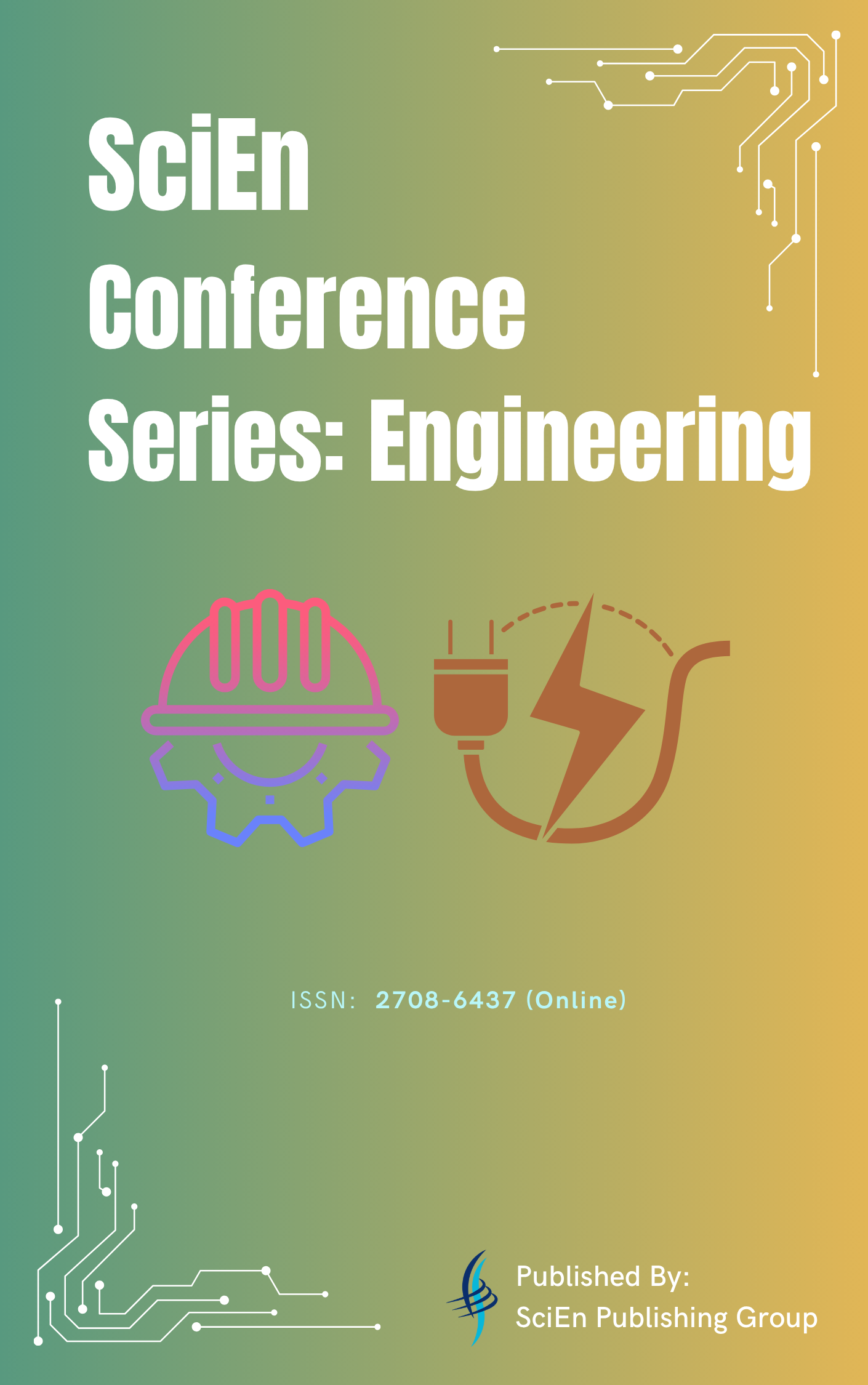Artificial Neural Network based COVID-19 Suspected Area Identification
DOI:
https://doi.org/10.38032/jea.2020.04.010Keywords:
Neural Network, COVID-19, Feed Forward, Back Propagation, Fuzzy Logic System, Mamdani Inference MechanismAbstract
This paper deals with the symptoms based COVID-19 suspected area identification using an artificial neural network by which a country or region can be divided into red, yellow, and green zone representing the highly infected area, moderate infected area, and controlled or low infected area, respectively. At first, an online survey of twenty (20) patients was conducted based on the nine (09) major symptoms of COVID-19. Then, a model based on the fuzzy logic system was designed consisting of COVID-19 symptoms identification, fuzzification, rule evaluation, fuzzy inference mechanism, etc. for getting the data sets to be trained in neural networks. For different combinations of 09 symptoms, different rules were generated and evaluated for possible recommendations. Based on different rules, three possible outputs representing high infection probability, medium infection probability, and low infection probability were obtained using the Mamdani inference mechanism. These outputs were termed as red, yellow, and green zone separated by the crisp value of +1, 0, -1, respectively, and considered as target data to be trained in neural networks.
References
Dhiman, N. and Sharma, M.K., 2020. Fuzzy Logic Inference System for Identification and Prevention of Coronavirus (COVID-19). International Journal of Innovative Technology and Exploring Engineering (IJITEE), 9(6), pp.1575-1580.
https://www.who.int/docs/default-source/coronaviruse/situation-reports/20200423-sitrep-94-covid-19.pdf?sfvrsn=b8304bf0_2#:~:text=Retrospective%20 investigations%20by%20 Chinese%20 authorities, %2C%20some%20did%20not, last accessed 2020/12/16.
https://www.who.int/docs/default-source/coronaviruse/situation-reports/20200225-sitrep-36-covid-19.pdf?sfvrsn=2791b4e0_2#:~:text=Although%20for%20most%20people%20COVID,to%20be%20more%20vulnerable, last accessed 2020/12/16.
Centers for Disease Control and Prevention | HealthData.gov, https://healthdata.gov/agencies/centers-disease-control-and-prevention, last accessed 2020/12/16.
Tamang, S.K., Singh, P.D. and Datta, B., 2020. Forecasting of Covid-19 cases based on prediction using artificial neural network curve fitting technique. Global Journal of Environmental Science and Management, 6(Special Issue (Covid-19)), pp.53-64.
Coronavirus (COVID-19) Overview, https://www.webmd.com/lung/coronavirus, last accessed 2020/12/16.
Larsen, J.R., Martin, M.R., Martin, J.D., Kuhn, P. and Hicks, J.B., 2020. Modeling the Onset of Symptoms of COVID-19. Frontiers in public health, 8, p.473.
Siddique, N. and Adeli, H., 2013. Computational intelligence: synergies of fuzzy logic, neural networks and evolutionary computing. John Wiley & Sons.
Haykin, S., 2009. Neural Networks and Learning Machines, Prentice Hall, New York
Hecht-Nielsen, R., 1992. Theory of the backpropagation neural network. In Neural networks for perception (pp. 65-93). Academic Press.
Coronavirus Symptoms (COVID-19) - Worldometer, https://www.worldometers.info/coronavirus/coronavirus-symptoms/, last accessed 2020/12/18.
Downloads
Published
Issue
Section
License
All the articles published by this journal are licensed under a Creative Commons Attribution-NonCommercial 4.0 International License

